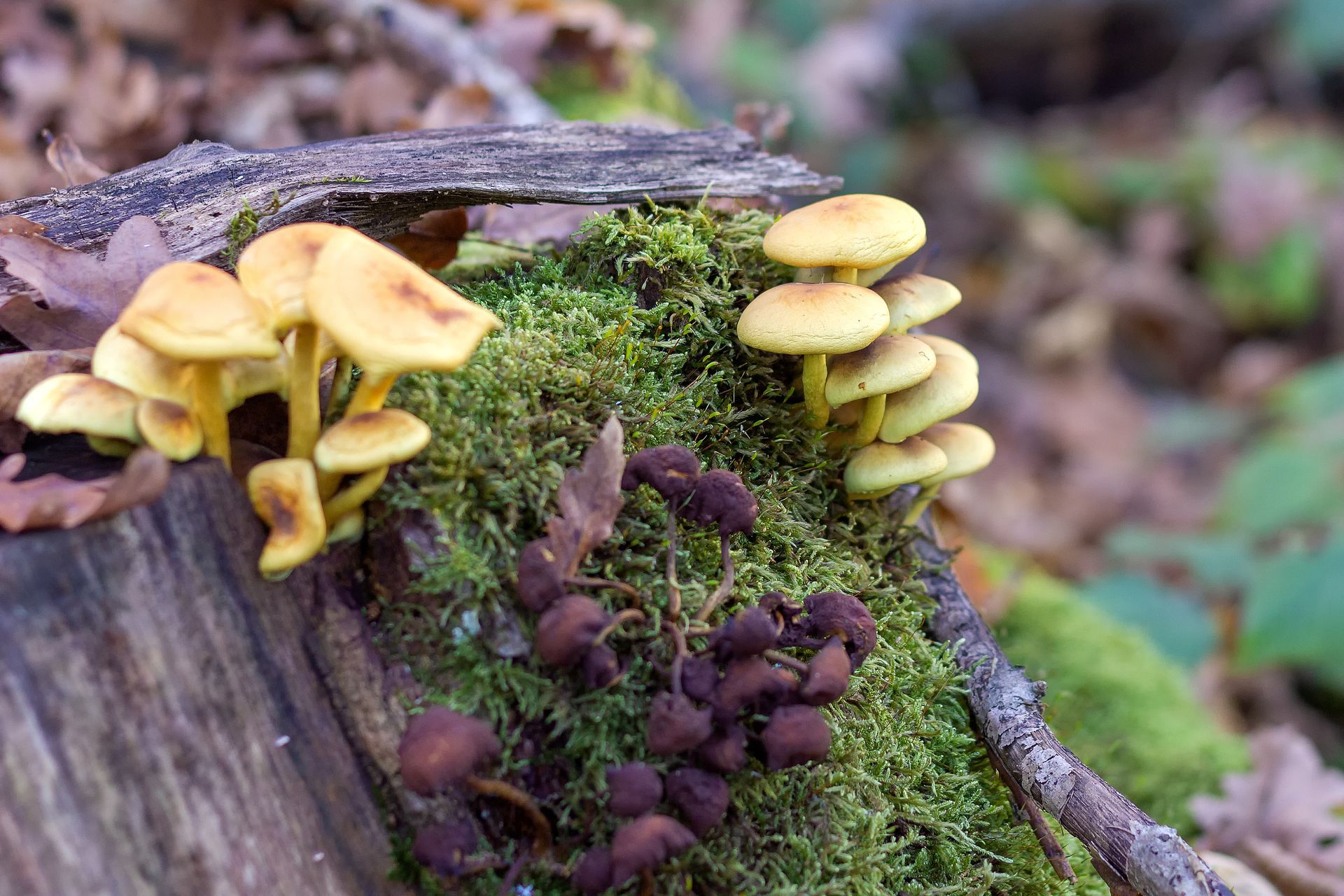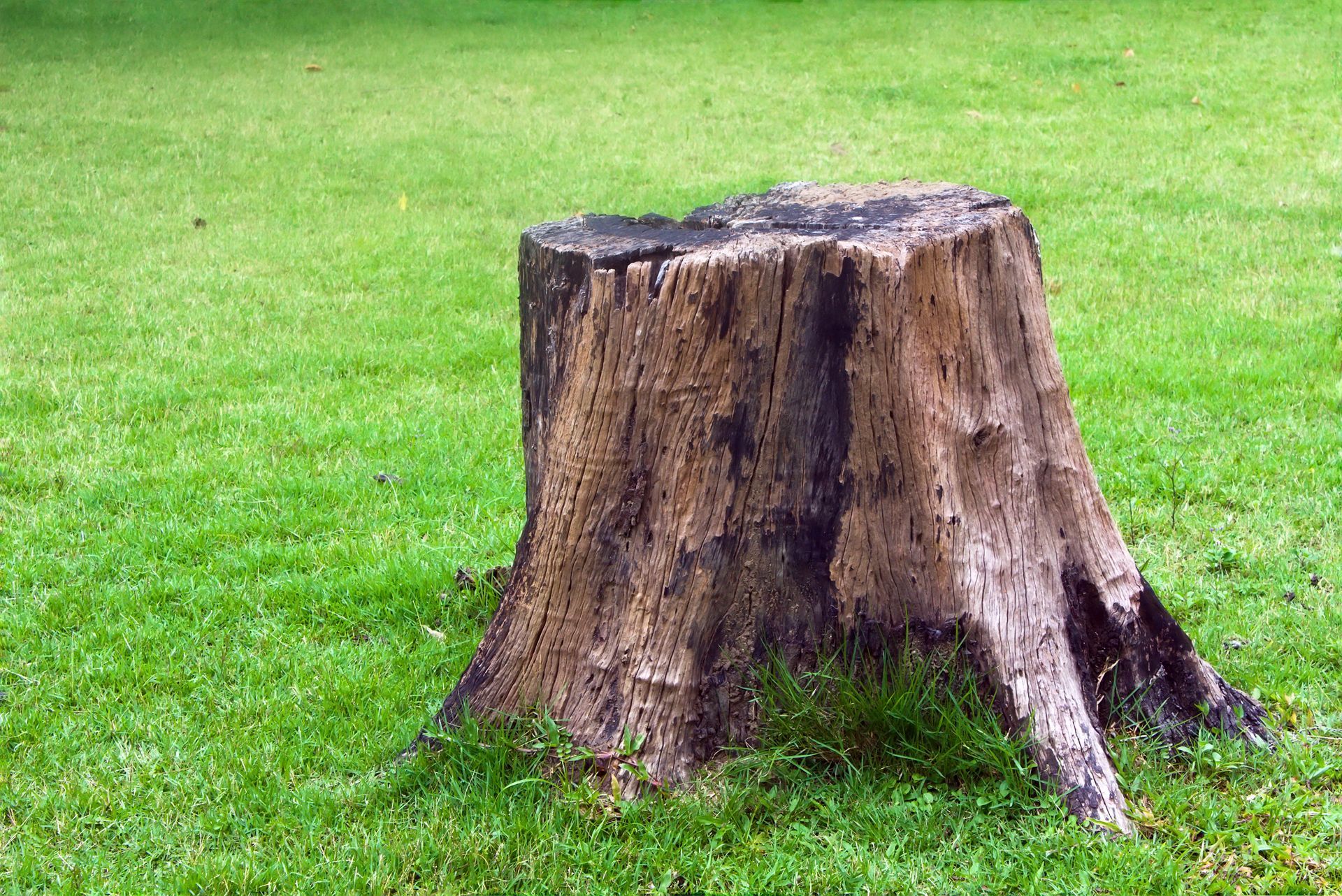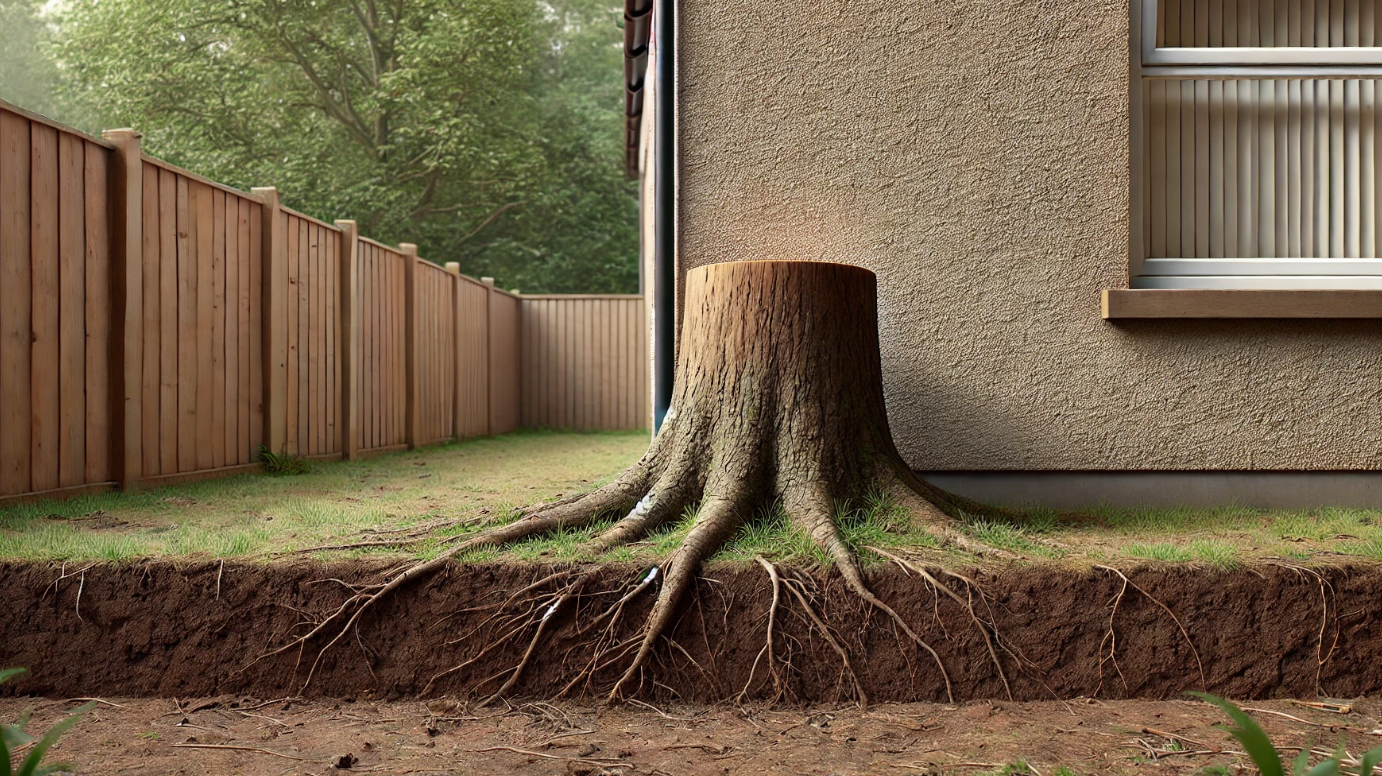The Science of Stump Decay: Why Timely Removal Matters
New Post

Why Timely Stump Removal Matters
In the intricate ecosystem of your garden, even the fallen giants play a crucial role. When a tree is felled, what remains—the stump—holds secrets to a fascinating process that impacts your landscape's health and aesthetics. Welcome to the science of stump decay, where the natural world orchestrates a symphony of decomposition. In this comprehensive blog post, we delve into the intricacies of stump decay, uncovering why timely removal is not just a matter of aesthetics, but an essential step in maintaining the vitality of your outdoor space.
Stump decay is a biological phenomenon driven by a multitude of microorganisms, fungi, bacteria, and insects. When a tree is removed, the stump becomes a hub of activity, as nature's clean-up crew begins breaking down the organic matter. This process, known as decomposition, is a vital step in returning nutrients to the soil and creating space for new life.
- The Role of Fungi in Decomposition
Fungi are the primary decomposers in the stump decay process. They infiltrate the stump's inner tissues, secreting enzymes that break down complex organic compounds into simpler substances. As the fungi colonise the stump, it softens and becomes more porous, facilitating the entry of other decomposers.
- Bacteria and Insects Join the Process
Following the fungi's lead, bacteria and insects such as wood borers, ants, and beetles move in. They further break down the stump's structure, transforming it into smaller particles. Termites (while rare in the UK), have evolved enzymes to digest cellulose, a major component of wood. These insects play a vital role in accelerating the decomposition process.
The Consequences of Delayed Stump Removal
While the stump decay process is a natural cycle, it can have unintended consequences for your landscape if not managed properly.
Delayed stump removal can lead to:
- Pest Infestations: As the stump decays, it attracts pests such as ants, and other wood-boring insects. These pests can spread to nearby structures, potentially causing damage to your home and outdoor amenities.
- Spread of Diseases: Decaying stumps can harbour pathogens like honey fungus that spread to healthy trees, leading to diseases that compromise the overall health of your landscape.
- Aesthetics and Safety Concerns: As stumps decay, they become unstable and can pose safety risks, especially if they're located in high-traffic areas. Additionally, the sight of decaying stumps can detract from your landscape's aesthetics.
- Slow Growth: The decomposition process ties up nutrients that could otherwise be utilised by nearby plants. This can result in slower plant growth and reduced overall vitality in your garden.
The Importance of Timely Stump Removal
Now that we understand the intricacies of stump decay, let's explore why timely removal is crucial for maintaining a healthy and vibrant landscape:
- Preventing Pest Infestations: By removing stumps promptly, you eliminate the breeding grounds for pests that can spread to your home and other structures. Timely stump removal is a proactive measure to protect your property from potential damage.
- Mitigating Disease Spread: Stumps infected with fungal pathogens can transmit diseases to healthy trees. Removing these stumps prevents the spread of diseases that could devastate your landscape's plant life.
- Enhancing Aesthetics: Stump removal instantly improves the visual appeal of your outdoor space. A landscape free of decaying stumps looks cleaner, more organised, and more inviting.
- Boosting Landscape Design: Timely stump removal creates a blank canvas for creative landscaping endeavours. You'll have more space to plant new trees, design flower beds, or install hardscape features, enhancing the overall design of your outdoor environment.
- Promoting Sustainable Growth: Removing decaying stumps frees up nutrients for neighbouring plants, encouraging healthy growth and creating a thriving ecosystem.
Conclusion
The science of stump decay reveals the intricate interplay of nature's decomposers, fungi, bacteria, and insects, as they orchestrate the gradual breakdown of fallen giants. However, the captivating process comes with potential risks and consequences for your landscape. Timely stump removal emerges as a vital practice to safeguard the health, aesthetics, and vitality of your outdoor space.
At 'Stumps Get Gone', we recognise the science behind stump decay and the importance of swift and professional stump removal. Our expert team not only understands the biological intricacies but also the aesthetic and practical aspects of maintaining a pristine landscape. Contact us today and we'll transform your garden into a stump-free canvas, ready to be developed into a thriving, vibrant oasis.


